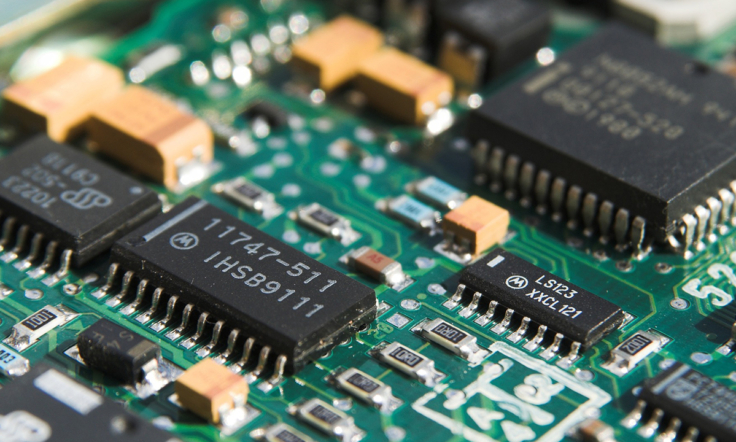
With the development of technology, the reliability and durability of electronic devices have gained significant value. The designed devices now operate at higher speeds and frequency levels. Electronic devices emit electromagnetic waves around them through radiation. As the operating speed and frequency of the PCB increase, the propagation level of electromagnetic waves also increases. These electromagnetic waves emitted adversely affect the operation of other systems and devices. Although conditions such as low power consumption, cost-effectiveness of the card size and selection of suitable components are sought in electronic card design, it is also desired that the devices designed in today’s conditions work seamlessly and harmoniously with other devices.
Therefore, certain standards and tests have emerged in the design of PCB’s in electronic devices. The general purpose of these standards is to ensure that the designed and manufactured electronic devices work smoothly and continuously with other devices. The designer considers these standards and tests while designing the electronic board. For this reason, two important concepts emerged in the design process. These concepts are EMI and EMC. EMI is short for Electromagnetic Interference. Its Turkish translation is Elektromanyetik Girisim. EMC is an abbreviation for Electromagnetic Combability. Its Turkish translation is Elektromanyetik Uyumluluk.

EMI is electromagnetic energy emitted by electronic devices. All devices emit electromagnetic waves around them. The level of this propagation varies from device to device.
High-frequency switching components, coils and oscillators on the electronic card cause electromagnetic waves. Current carrying copper paths and the connection cables on the PCB act as an antenna, causing the spread of electromagnetic waves.
EMC is the rate at which electronic devices and systems are affected by electromagnetic waves emitted from other devices. In order for a device to be eligible for EMC tests and standards, it must meet several conditions. First of all, it is important that the designed device does not make any attempt on its own. That is, the circuit elements, current and signal paths on the card should not affect the other circuit elements and paths on the same card. Likewise, the electronic card should not spread to other electronic cards on the same system. Another issue is that the PCB is resistant to external emissions. A system can have more than one device. These devices should not disturb healthy working conditions among themselves.
During the electronic board design, there are certain approaches to design a circuit with high immunity that comply with EMC requirements. We can list these approaches as follows.
- Covering an entire surface of a multi-layer electronic board as GND
- Placing the decoupling capacitor between VCC and GND close to the integrated circuits used.
- Separate GND connections of analog, digital and power lines
- Using metal shields on the parts of the board that are used in RF communication and have low EMI immunity
will ensure that the devices we will design comply with EMI and EMC standards.





